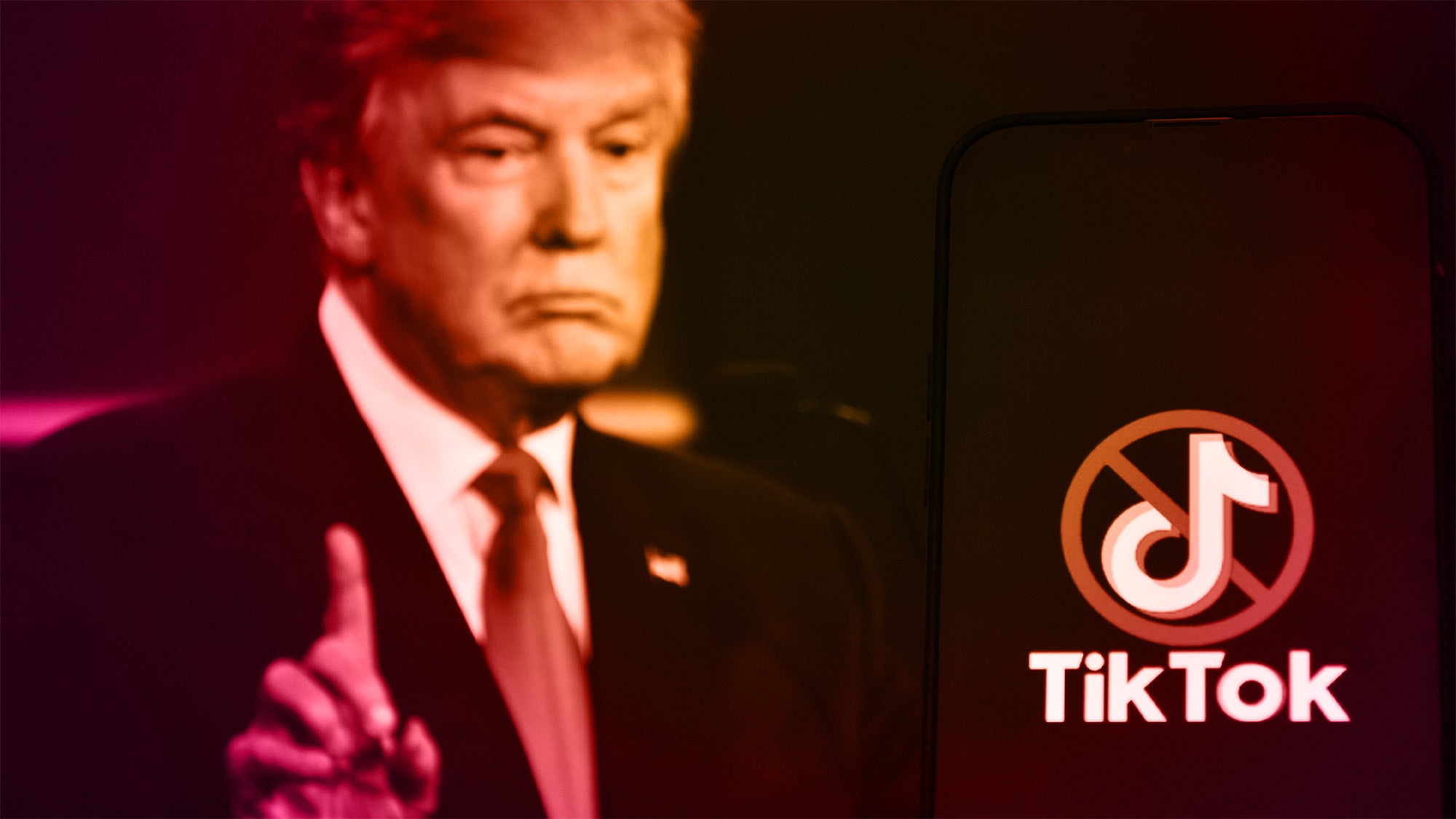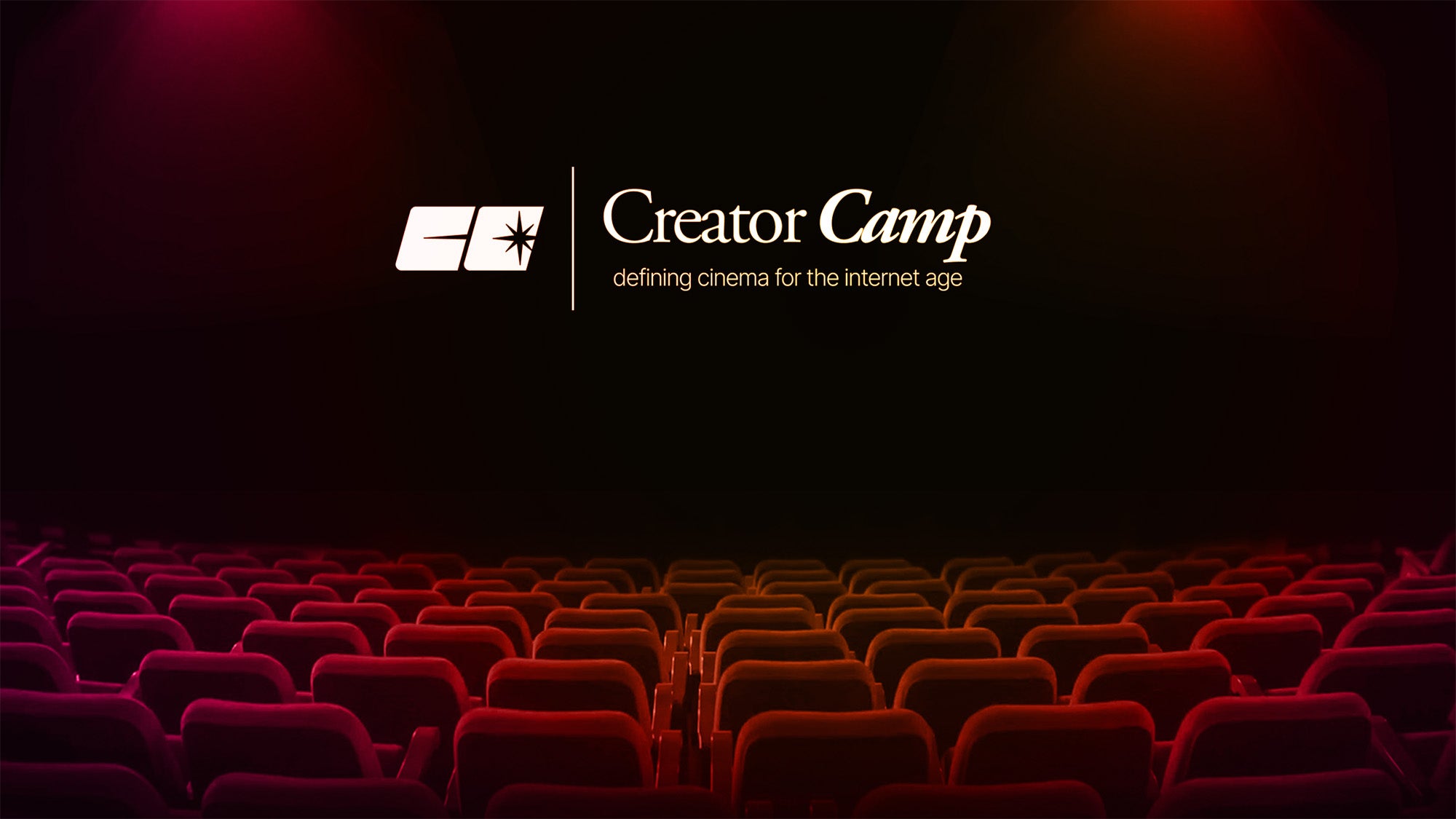
93-year-old retired University of Toronto sociology professor Metta Spencer has a YouTube channel, on which she routinely hosts conversations on topics including global peace initiatives, climate change, pandemics, famine, and even cybersecurity. A few months back, Prof. Spencer’s account was hacked by ne’er-do-wells who started posting pornographic clips to her feed. YouTube, naturally, responded by pulling her channel and taking down all of her videos.
According to Spencer, none of her attempts to contact YouTube and explain the problem received any kind of response, even though she’s clearly not a pornography producer, and she’d lost access to hundreds of hour-long scholarly discussions. Spencer didn’t see any action whatsoever from YouTube’s side until the Canadian Broadcasting Company (CBC) got involved. Once CBC Toronto reached out to Google on Monday, suddenly Prof. Spencer got her channel back. In a statement, Google Canada continued to blame the victim – noting that Spencer’s channel had violated YouTube’s policy against explicit content – while also conceding that, following a review, it was easy enough to remove the porn and reinstate Spencer’s channel with its original, academic content.
On one level, this is simply a problem of scale. An unthinkably massive amount of content is uploaded each day, each minute, to platforms like YouTube, Instagram, and TikTok. Stats differ, but by most accounts, in 2022, an average of around 500 hours of video were being uploaded to YouTube each minute. (That’s a rate of 3 weeks of video per minute. Put another way, 30,000 hours of new content gets added to the YouTube archive for every hour that passes.) There’s no practical way for human beings to scan through all of this content, looking for anything at all, from Terms of Service violations to copyrighted music cues.
As a platform, YouTube has an estimated 2.1 billion monthly active users, a sizable chunk of the world population. There’s also no practical way for Google to provide patient, effective customer service for everyone on Planet Earth, even with all the ad revenue they’re raking in. On some level, automated and digital solutions to these situations are a necessary evil. It’s just not possible to do it any other way. As of last year, Google was still publicly counting on AI solutions for these kinds of scaling problems, though it’s possible even they’re less sanguine about Gemini taking over all the human jobs than they were in December 2023.
But it’s also worth considering that YouTube creators and end users are not necessarily YouTube’s primary customers. Which is why they don’t receive actual customer service. Advertisers on YouTube can certainly expect more prompt attention when they have questions or concerns. Creators are the lifeblood of the growing digital media economy, and its reason for existing, but they’re more like volunteer collaborators who get a taste of the spoils, and Google essentially treats them as such. The paid sponsors are their customers.
The media generally does a better job of responding to and reporting on issues of relevance to creators than the platforms themselves. Over the summer, (untrue) internet rumors spread that YouTube was launching ads requiring a user to maintain eye contact with their computer for the full runtime. Reuters ultimately provided the “Fact Check” on this one, rather than YouTube itself. In 2022, when both YouTube and TikTok changed around their revenue-sharing agreements with creators, The Hollywood Reporter laid out the real reasons behind the changes, and their likely impacts on everyday people, with far more depth and humanity than the bland corporate statements released by the platforms themselves.
Searching for “YouTube customer support” brings up a lot of info about YouTube TV, the company’s subscription cable replacement streaming platform. (Because people with YouTube TV questions are typically paying customers or potential customers.) “TikTok creator support” or any similar kind of query returns a mountain of Reddit and Quora threads in which people discuss and shoot down various strategies for reaching someone, along with a lot of suspect blog posts with titles like “Here’s How To Contact TikTok Customer Support.” Most of these FAQs provide the same handful of customer support email addresses and contacts, which the company largely ignores, due to the sheer volume of messages it’s likely receiving.
In the case of Metta Spencer, her channel doesn’t have a lot of subscribers, and her content does not regularly receive more than a handful of views. But surely in this kind of situation – when a user who’s obeying the rules and posting legitimate content loses access to their channel, through no fault of their own – we’d expect some kind of response from the platform, eventually, once the automated, digital response systems had failed.
This isn’t just a problem for lower-view channels. Even prominent creators have experienced routine difficulty reaching anyone at YouTube to actually sort out seemingly manageable problems. YouTube reactor ZIAS! – who has 4.94 million subscribers – originally signed up for YouTube via an email address that was tied to his university. He was concerned that, once the university shut down his student email, it would be impossible for him to access his YouTube channel.
Rather than going through any kind of YouTube-native system designed for Top Creators, Zias took his issue to social media, posting about his concerns on Twitter/X and addressing them there to “@TeamYouTube.” He was able to get through to someone and is currently working with the team to switch over his primary email account, but if he didn’t have 389,000 followers on that platform, it’s at least semi-likely his requests would have fallen on deaf ears, just as Prof. Spencer’s had.
This is on top of an economic and labor system that essentially ignores the $250 billion creator economy, which employs hundreds of thousands if not millions of Americans. (It’s hard to be certain because the US Census Bureau doesn’t track this data.) YouTube estimates that its creators provide around 390,000 full time jobs in the US alone. That’s four times the number of people working for General Motors. If you’re one of these creators or their employees, and you can’t contact the platform you use to complete your daily work, and there’s no official public agency looking out for you and providing basic services, you functionally have no labor protection. Your livelihood can be taken away on a whim and there’s no clear recourse available.
On the one hand, it might seem like YouTube and TikTok-level platforms can afford to treat their creator base with blatant disregard. With millions and even billions of videos uploaded each year, they’re hardly lacking in active users. But as Sherwood News recently pointed out, there’s not an endless supply of popular creators with large audiences, and the number of new recruits replacing creators who are moving on or aging out seems to be thinning.
Recent data from Bank of America shows that customers reporting income from online platforms is down by about 20% from 2020. As more revenue and attention gets focused on the top creators, who can generate large brand deals and attract the kinds of A-list advertisers Google seeks, the lower ranks and minor leagues that would otherwise produce the next generation of top creators fall further and further behind. Eventually, these trends will catch up with YouTube, IG, and TikTok at scale, even if they haven’t yet.
Notably, these same platforms expect their creators to speak up and make themselves heard when they want third parties to listen. In early 2024, when a potential US TikTok Ban seemed at least somewhat likely to pass into law, owner ByteDance urged the app’s creators and users to contact their Congressional representatives, even providing a “CALL NOW” button in the app simplifying the process. In a way, it’s the height of hypocrisy. A company with little interest in hearing from its users, until it needs their help.




